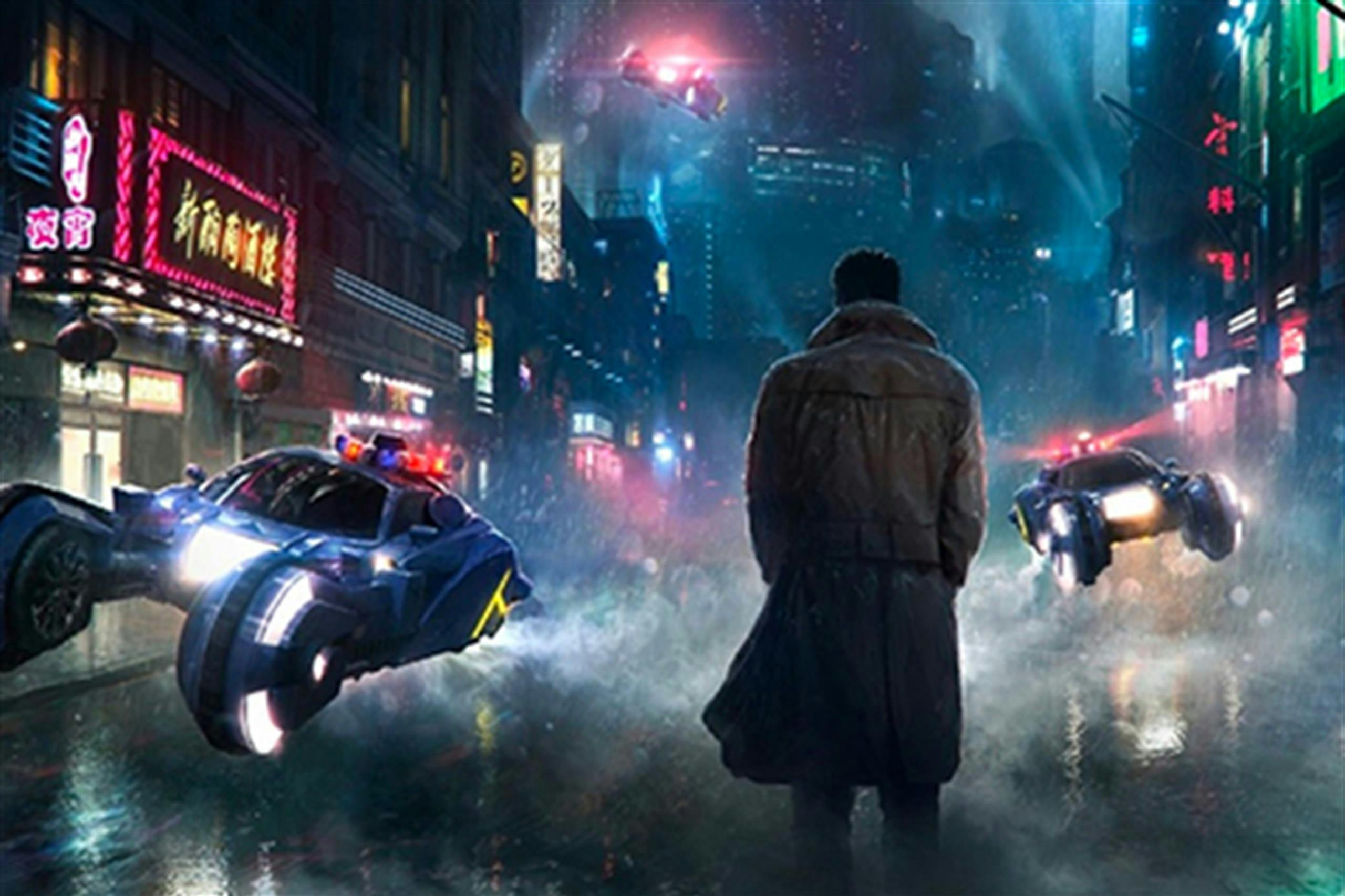ILLUMINATED NEON SIGNS: FOR AN OSCAR-WORTHY CINEMA
The latest in order of time was Nicolas Winding Refn who, with his film "The Neon Demon", emphasised the central role of neon illuminated signs in transmitting emotions on the big screen. The list of directors who previously had the same artistic "enlightenment" is long and prestigious.
Among the first films in which neon plays a decisive role in the plot and set design is the legendary "Blade Runner", Ridley Scott's 1982 film starring Harrison Ford. The fluorescent logos that overlooked the smoky streets beautifully rendered the noir atmosphere of a story on the edge of time. An effect recreated to perfection also in the 2017 sequel, "Blade Runner 2049", directed by Denis Villeneuve and starring Ryan Gosling.
The ability of neon illuminated signs to reflect and enhance the emotions of the characters reaches a very high level in "Drive", a 2011 film directed by Nicolas Winding Refn and based on the homonymous novel by James Sallis. Here every light symbolizes anger, degradation and, above all, violence, emotions that represent the true narrative figure of the feature film.
And if McDonald's yellow neon lights in "The Founder" of 2016, directed by John Lee Hancock, give a touch of realism in perfect 50s and 60s style, those of the award-winning "La la land", written and directed by Damien Chazelle, express emotions of sadness and hope together.
But only one director can boast the sceptre of king of neon illuminated signs. His name is David Lynch, the only one able to blend light and smoke to create surreal and terrifying atmospheres. An example above all the neon sign that, in its mysterious intermittency, announces the appearance of the even more mysterious "cowboy" in "Mulholland Drive". Truly artistic lights.
